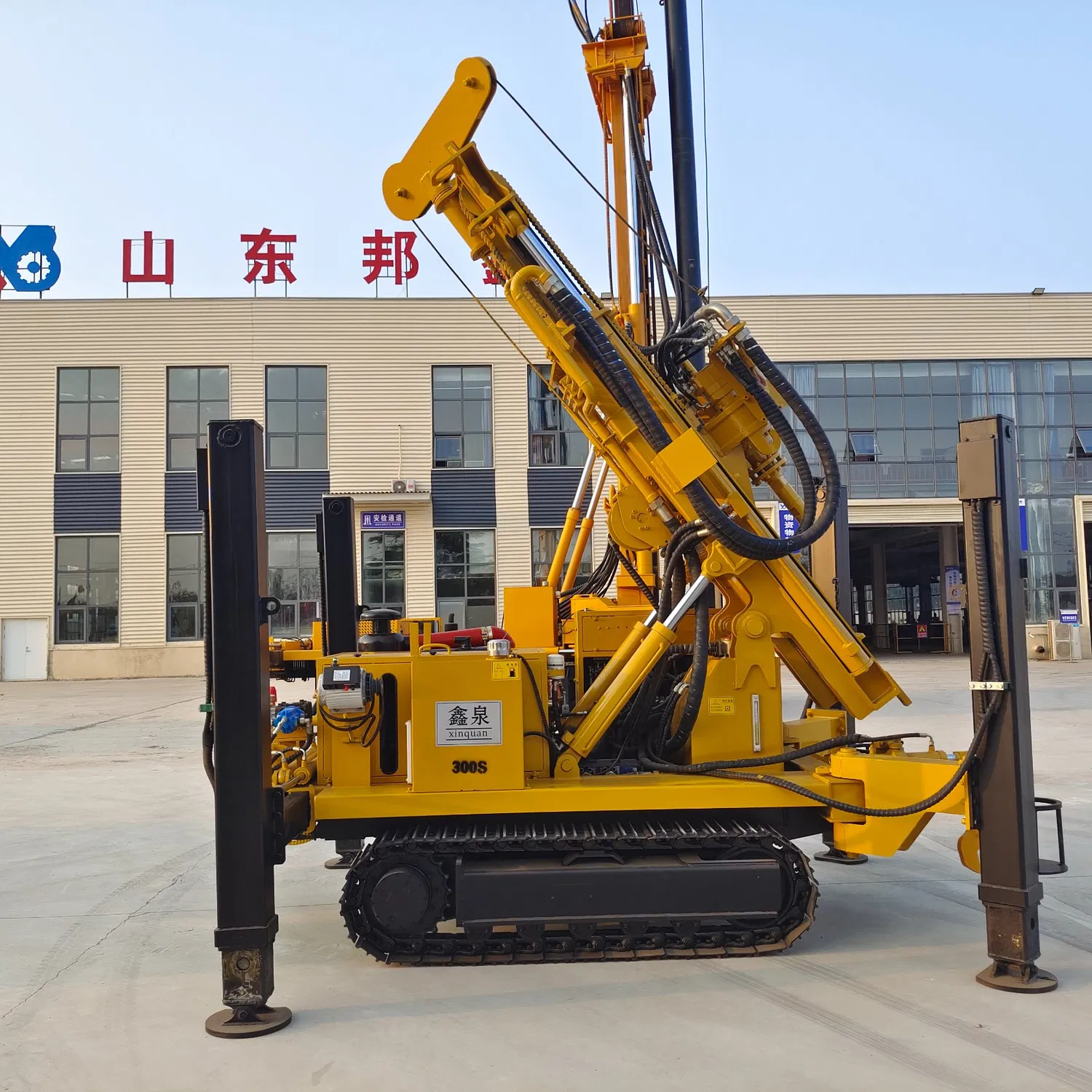Shpimtar është e zakonshme në projektet e konservimit të ujit, eksplorime gjeologjike, dhe ndërtimi i infrastrukturës. Meqenëse shtresat e tokës ndryshojnë, Zgjedhja e mashtrimeve dhe planeve të duhura është thelbësore për efikasitetin dhe cilësinë.
- Balta është e mirë dhe ngjitëse. Veshjet e shpimit spirale funksionojnë mirë.
- Blades e tyre prerë dhe heq argjilën në mënyrë efikase gjatë rrotullimit.
- Përdorni copa aliazh për të rritur fuqinë e prerjes.
- Stërvit ngadalë për të shmangur bllokimin. Pastroni pjesët rregullisht.
- Shkëmbinjtë janë të vështirë dhe të dendur. Veshjet e shpimit të ndikimit janë ideale.
- Ata thyejnë shkëmbinj me ndikime të çekiçit për shpimin.
- Në zona të vështira shkëmbi, Zgjidhni pajisjet me copa të ngurta kon.
- Veshjet e shpimit rrotullues me copa korrektimi i përshtaten me punë me precizion të lartë.
- Sondazhi shkëmbinjtë tërësisht dhe planifikoni pozicionet e shpimit.
- Rëra është e lirshme me kohezionin e ulët. Veshjet rrotulluese qarkulluese përshtaten mirë.
- Pompat e baltës qarkullojnë baltë për të hequr prerjet dhe për të stabilizuar muret.
- Veshjet e qarkullimit të kundërt ofrojnë efikasitet më të lartë të heqjes së skorjeve.
- Kontrolloni dendësinë e baltës në mënyrë rigoroze për të parandaluar shpellën.
- Monitoroni me kujdes pusin me kujdes, shtresa të lirshme të rërës.
Me pak fjalë, Përputhni pajisjet me llojet e tokës dhe ndiqni planet e duhura. Kjo siguron një shpim të mirë dhe një themel të fortë për projektet.
 Plani i ndërtimit të shtresave të tokës shkëmbore
Plani i ndërtimit të shtresave të tokës shkëmbore Mantel shpimi bangxin
Mantel shpimi bangxin